Interview with Architect Dan Brunn
A house that bridges over a natural stream, a vintage Porsche 993, and more.
Dan is an architect and principal at his firm, Dan Brunn Architecture. I first came across Dan from his video with Open Space (if you haven’t seen it, watch it here). I was blown away by Dan’s incredible vision and storytelling.
We chat with Dan about his taste, passion for cars, design philosophy and more.
What does "good taste" mean or look like to you?
It should be something subtle and sublime. In effect, it isn’t something that you just instantly see. It is easy and casual. It is individualistic and devoid of trends, not effectuated by social norms per se.
How does your passion for cars play a role in your architectural philosophy, and influence your broader perspective on life?
Automotive design and architectural design are inherently quite disparate in ethos and execution. One being essentially a product design, that has to answer to the masses, connecting to millions of people with a single stroke, while architecture is typically designed for a much smaller set of people. Albeit though, architecture is much more permanent, or at least that is the goal.
So in essence, as an architect I have to think about permanence and how this one building could be perceived in decades later, while an automotive designer needs to create a product that will draw in hundreds of thousands of people. It’s intriguing to think about it this way, because it transcends further than just the objective design.
I realized early on that I am more interested in a holistic approach to design, and hence shifted my attention to architecture. I didn’t want to be put into a cubicle and have to just draw door handles or wheels.
Over the years, I have been fortunate enough to have organically formed relationships to the automotive industry and can now call on some friends high up in the industry. It’s an honor. A few years ago I was invited to the BMW Designworks HQ to check out some future development, and give my professional input. This was a major milestone for me, and it is in those moments that I pinch myself.
How did your personal taste guide the design, form and function of the Bridge House?
The design resulted out of a vision I had overnight. I had originally wanted to renovate the existing building that was on site, and had gone quite far with it, down to the structural design. It was a full on design and addition using the existing house.
I always prefer to not have to tear down an existing structure if I can, however this one was far gone. The foundations were sinking, and the wooden structure was in dismal condition and neglect. One morning, I started to draw something else all together, and the notion was to have a continual connection to nature throughout the house. The only way to do this would be to liberate the “box”, and span the entire site, thereby bridging over nature, literally.
The house is 20’ x 210’ long with the bridge cantilevered portion being about 70’ over the natural brook. I located the house on the southern side of the site, with the major views and windows facing northern exposure, thereby reducing heat gain. The rest of the design flowed from function, with the first portion of the house being the public sector and the second have the private “house”. This makes it easy to host events, and live comfortably in a house that is constantly on exhibit.
Finishes and materials were also derived from a functional standpoint, and with endurance and sustainability being paramount. When you look at it all together, it’s quite minimal, with the nature taking the main stage and the house being a vessel of experience.
I often say that my most influential trend I follow is the sun. It’s constant and honest, rising in the east and setting in the west. My architecture and design philosophy is purposeful and highly connected to the human body, scale and light.
What’s one thing you’ve seen recently that you’re drawn to but don’t exactly know why?
Recently, I started to bake. At first it was a little foreign, but then I think I was drawn to it because of the precision and challenge. I love trying new things that are far out of reach, plus I am quite programmatic, so everything comes with a purpose. What I love about baking is that it it’s actually quite calming for me.
What's your approach to ensuring your taste continues to evolve?
No trends, never. I believe in Dieter Rams’ ethos of functionalism, and my own approach which I’ve called “empathetic design”. If we adhere to the absolute minimal needs and answer to the human condition, then you’ve erased taste. That’s my intention at least. I recognize that in the end some of my works are recognizably me, but I don’t think that I can quite elaborate on what it is. That’s a question I’d love to pose.
If I consider the human body and nature, I believe that I am evolving without ever coming into the danger of not enduring. These are constraints that evolve quite slowly.
What's one piece of advice you would offer to young artists/designers looking to carve out a niche in creative industries?
It might be a cliche at this point, but be yourself. Importantly, do not follow someone else’s history and path towards success. Each individual has their own story, and you’ll build your own. Imagine that whatever person you idolize grew up in a completely different time, possibly in a different country, with different barriers.
You’ll have your very own growth spurts and challenges, be prepared. I would say, maybe look at yourself closely and think about what you would be possibly remembered for. There’s a legacy to leave behind that transcends your work, and that is just about being an equitable person that cares for their surrounding. I believe in being a steward to the next generation and kind to your peers.
There’s only one person I compete with, and you can probably guess who that is.






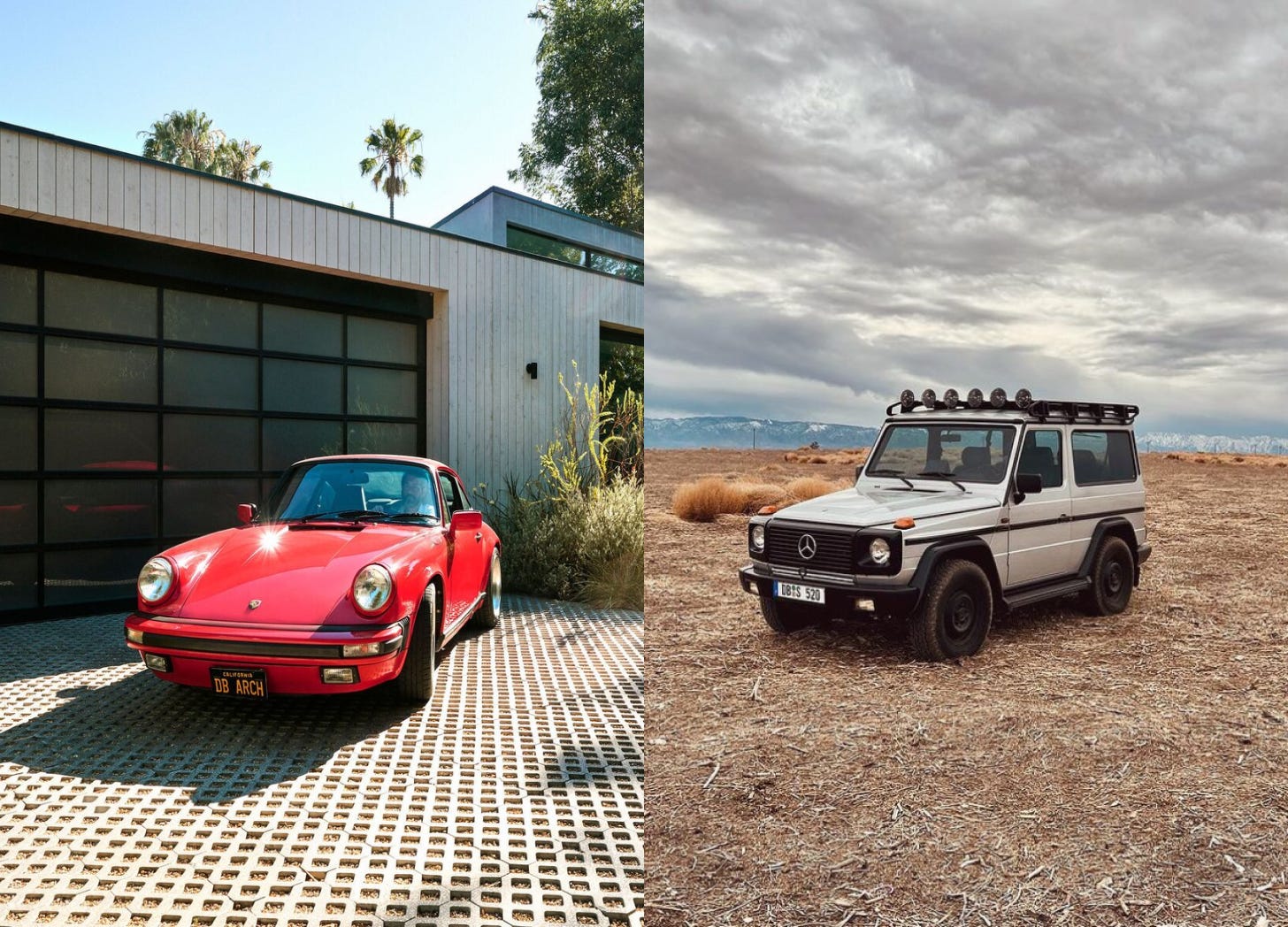
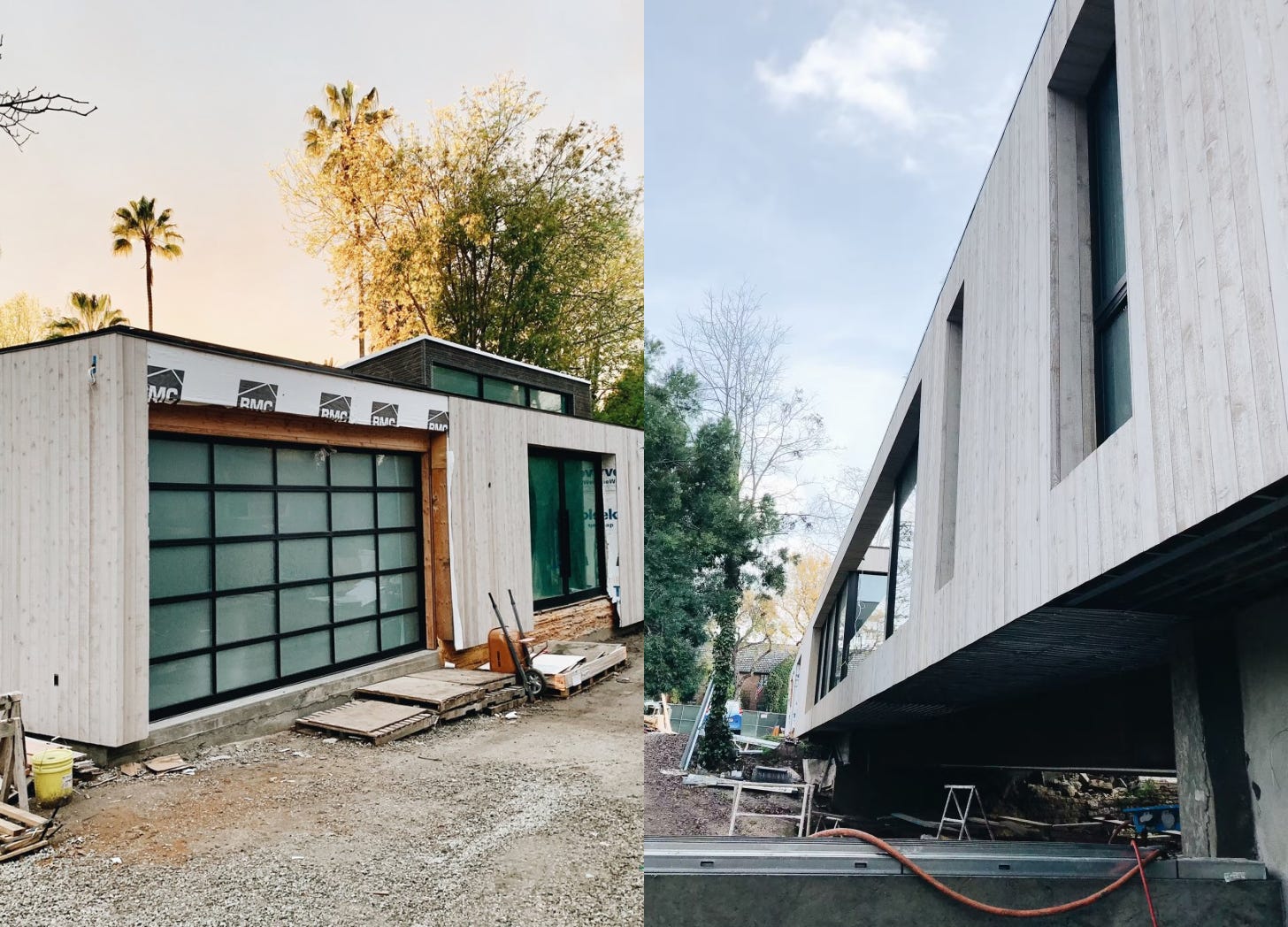
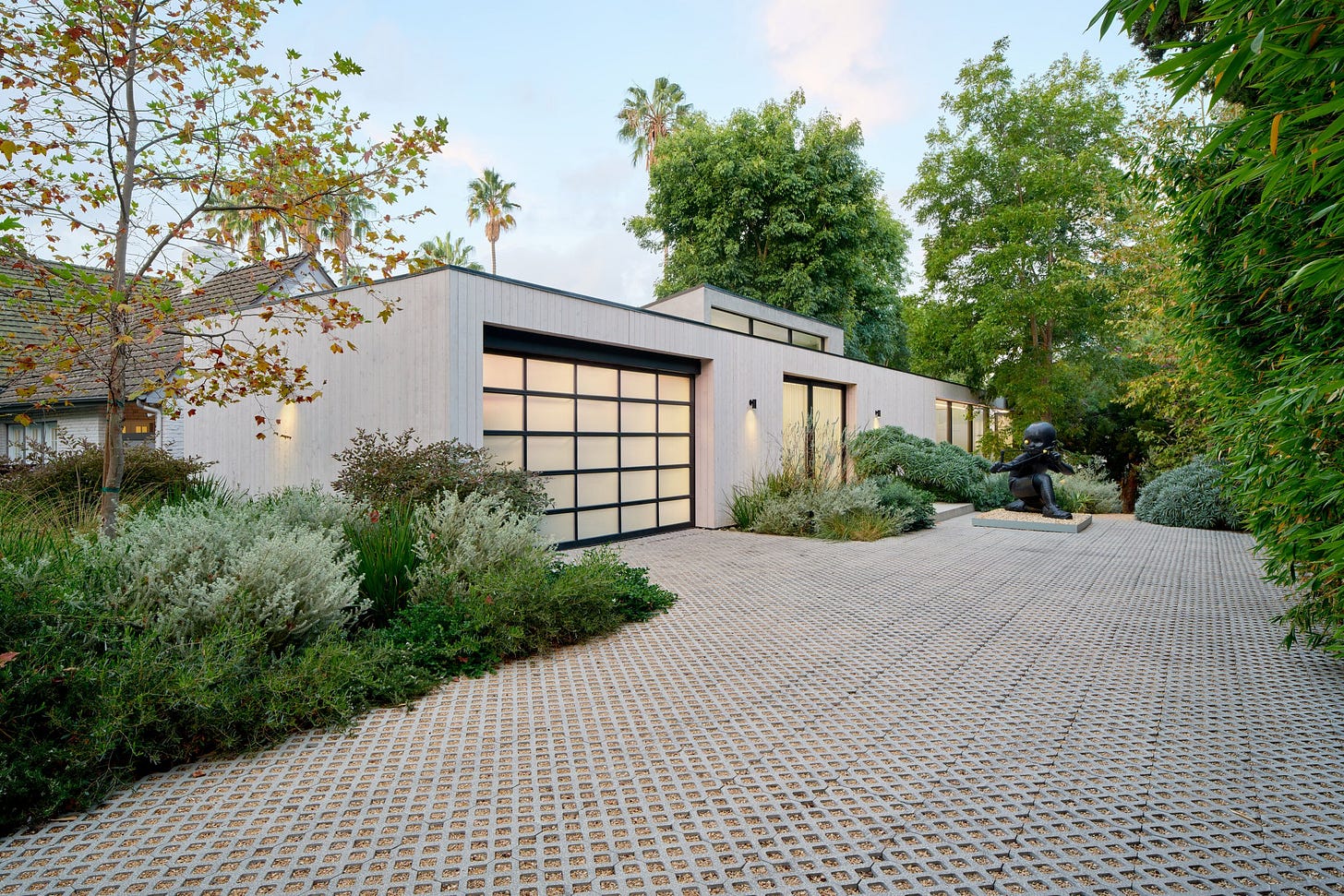

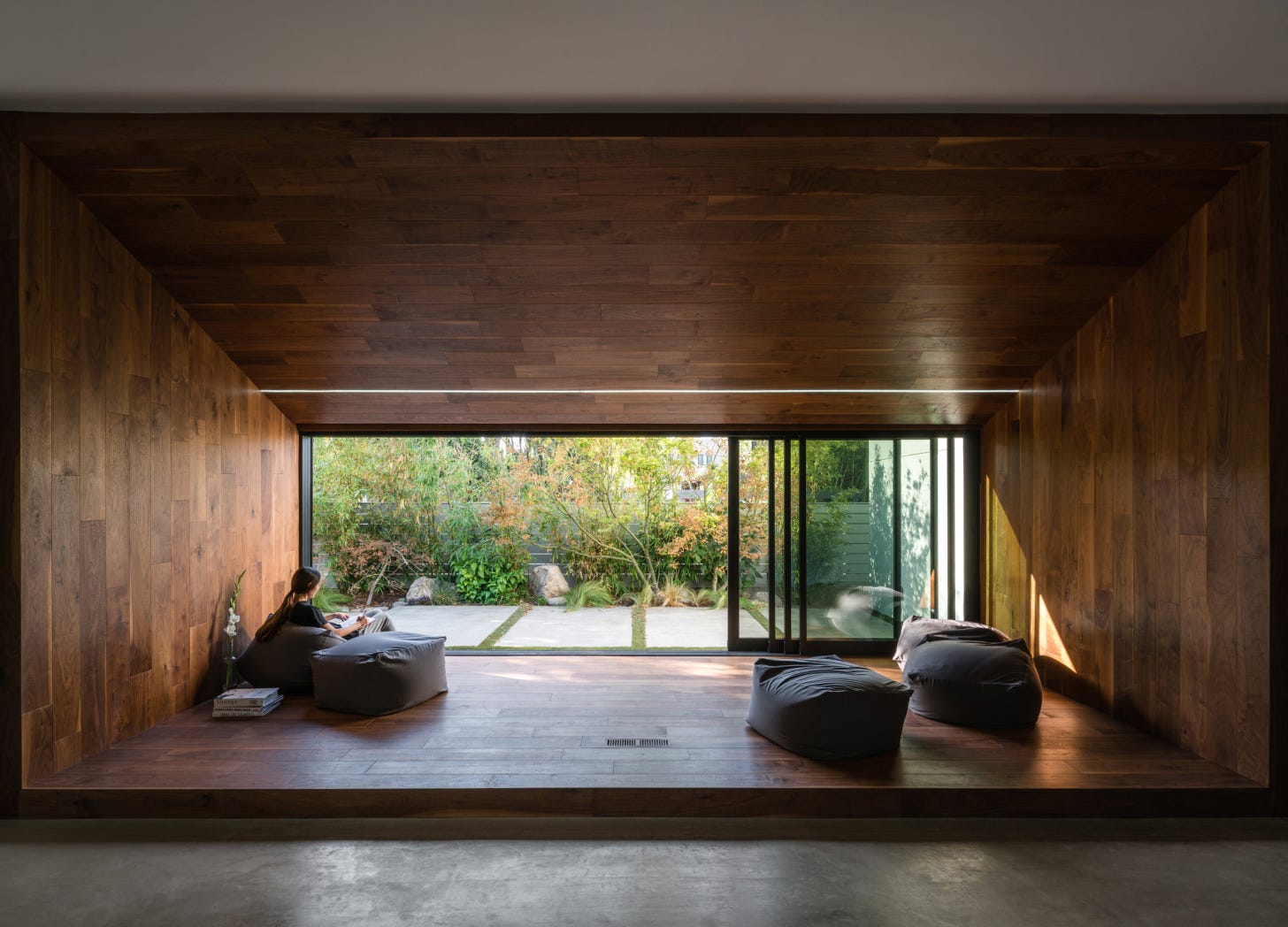
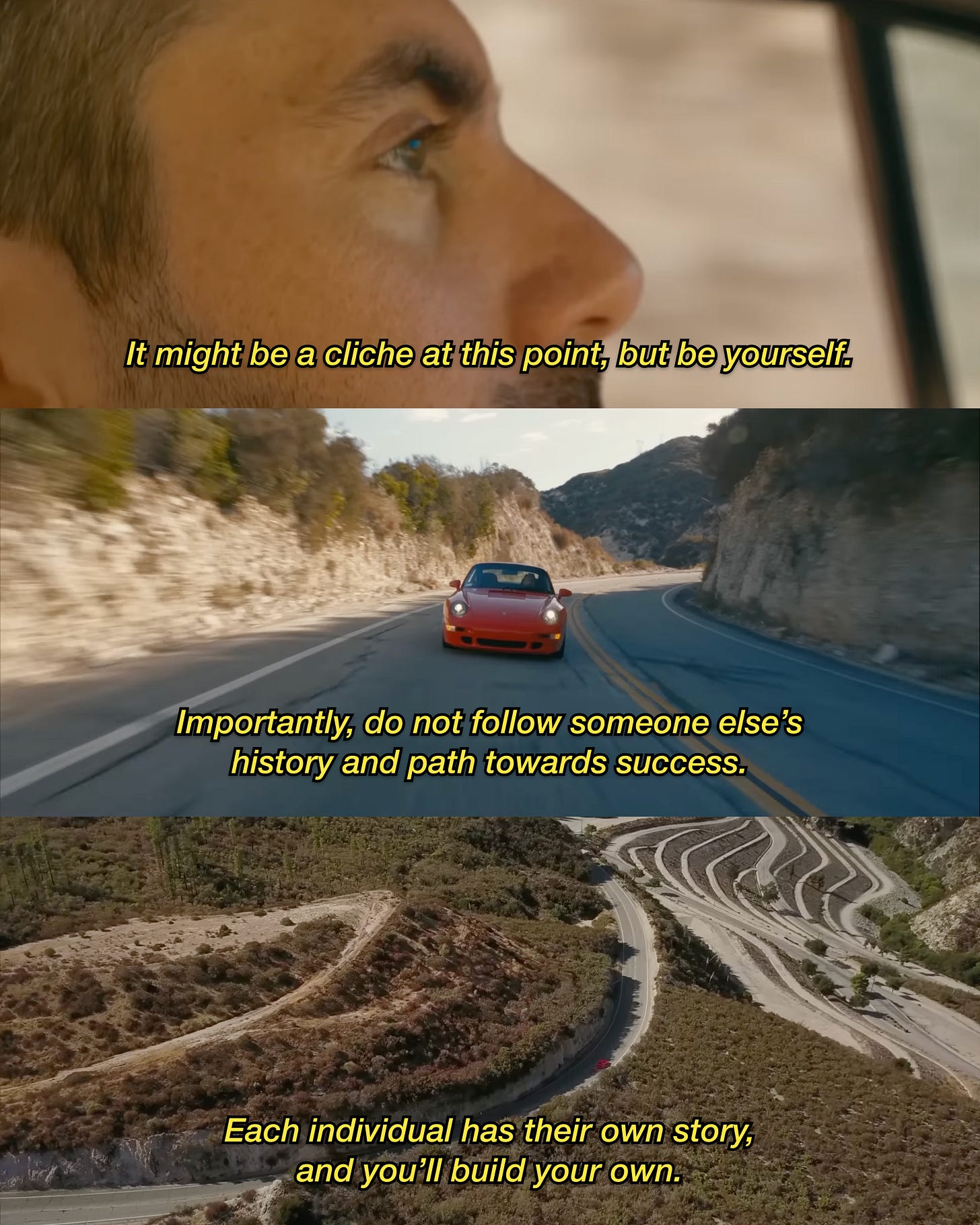
Brilliant
Great article!